The Xerces blue, long gone from San Francisco, became a symbol of the fight against extinctions. Now scientists are sending in a replacement to the dunes of the Presidio. Will it take?
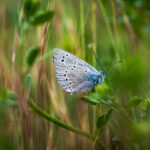
Sign up for our free weekly newsletter and understand everything better!
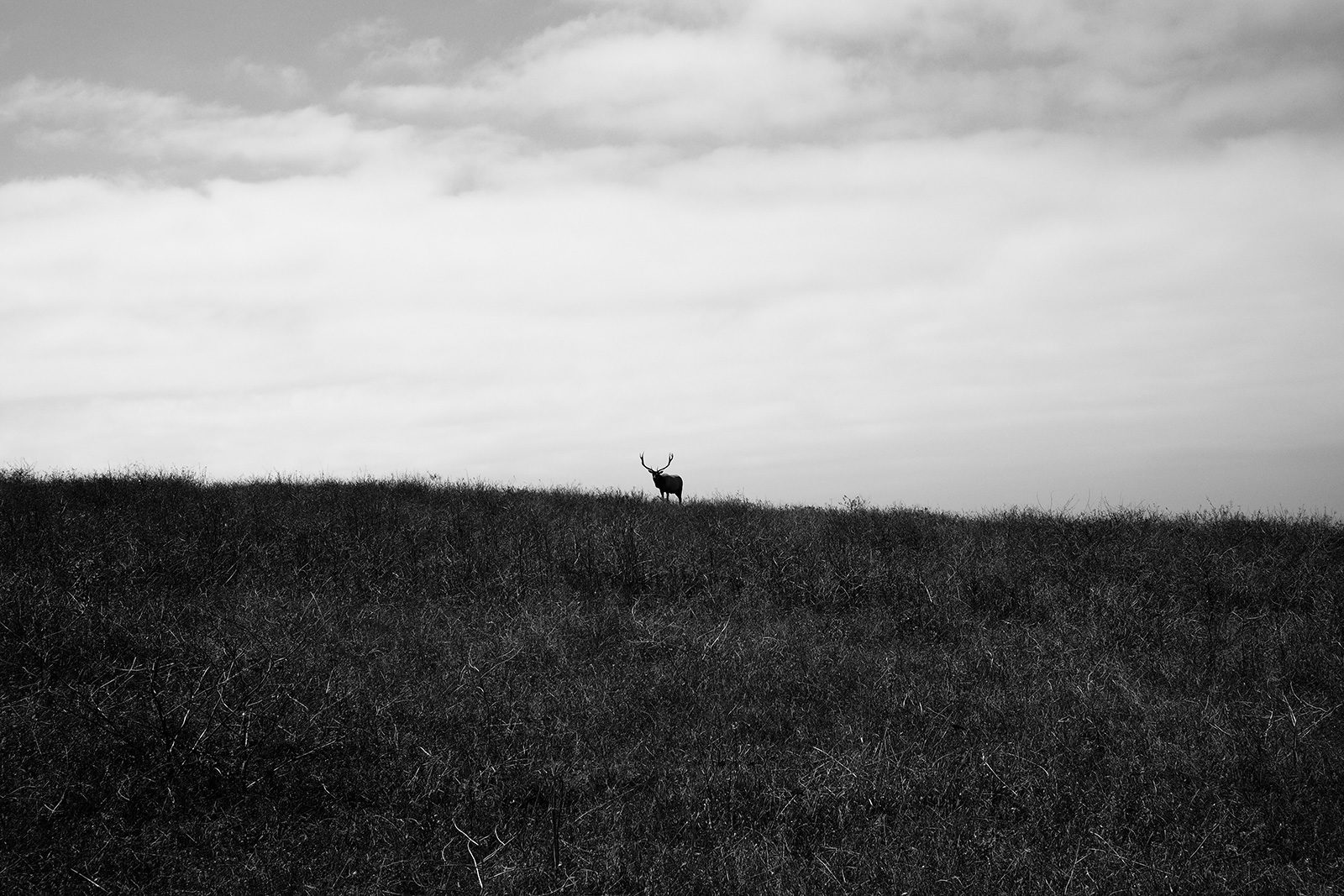

The Xerces blue, long gone from San Francisco, became a symbol of the fight against extinctions. Now scientists are sending in a replacement to the dunes of the Presidio. Will it take?
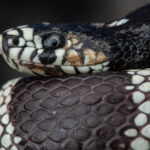
As statewide funding for disease surveillance runs out this year, here’s what to look out for—and how to be a friend to your local snakes.
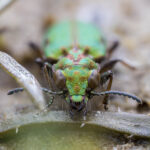
The quarter-inch-long, brilliantly colored Delta green ground beetle is “still a bit of a mystery,” even to experts.
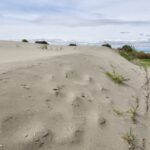
Maybe we can save the Lange’s metalmark. Or maybe there’s a stand-in, waiting in the wings?
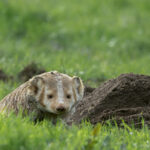
“When I took a closer look through my lens, I saw the mound had fur and a pinkish nose,” writes wildlife photographer Vishal Subramanyan.

New radio towers are bringing a sea-change in wildlife tracking.

“One of nature’s great powers is to provide the metaphors we seek, and in this issue of Bay Nature, I see healing everywhere,” writes editor-in-chief Victoria Schlesinger.

The death knell for the sooty crayfish probably sounded with the introduction of its cousin from the north.
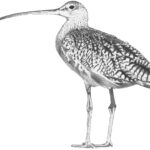
Highly dependent on the tide, shorebirds eat, rest, and play depending on the rise and fall of the waters.
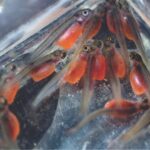
Now equipped with $8.4 million in federal money, conservationists are aiming to bring back the watershed’s salmonids